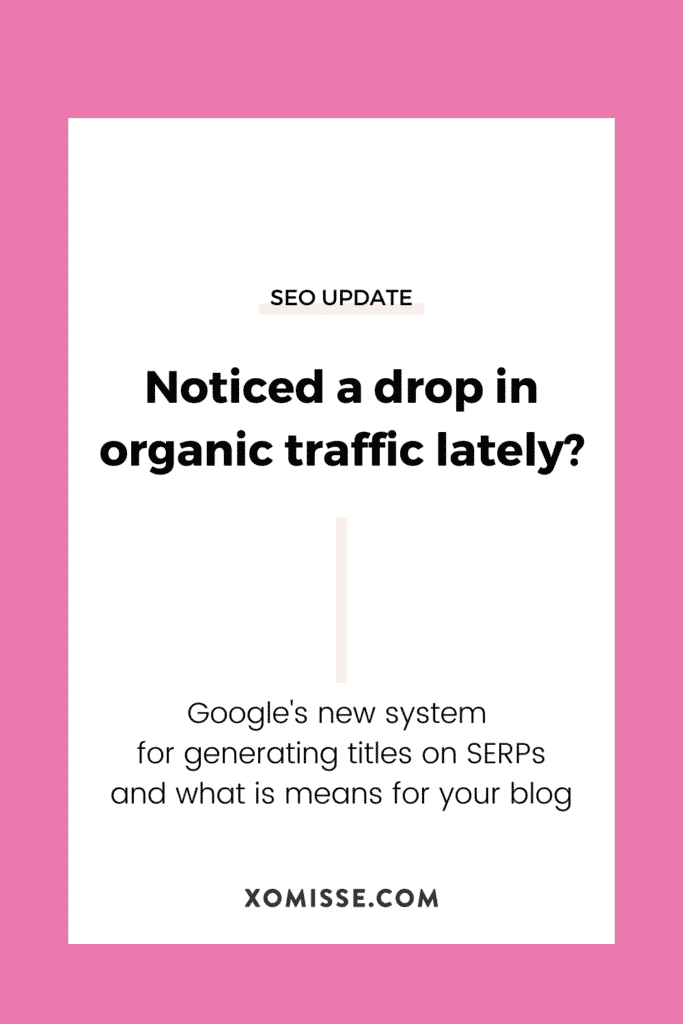Back in August, marketers noticed something was going on with titles on the search engine results pages (SERPs).
A month later, Google confirmed that they’d made some changes and introduced a new system for generating web page titles.
Let’s take a look at what has changed since August 2021…

What changes did Google make?
Google have started replacing title tags in the SERPs with other relevant text from your post or page.
They confirmed in the announcement published by the Google Search Central blog that this new system uses HTML elements or main visual text to generate titles.
This could be text placed within headers (like <h1> or <h2> tags), prominently styled text or anchor text from an internal link.
“In particular, we are making use of text that humans can visually see when they arrive at a web page. We consider the main visual title or headline shown on a page, content that site owners often place within
Danny Sullivan<h1>tags or other header tags, and content that’s large and prominent through the use of style treatments.”
This isn’t a massive change however. Google have been generating alternative titles based on the search query since 2012.
This will rarely happen with the new system, which is designed to deliver titles that will work for any query.
What this means for you as a site owner?
Firstly, don’t panic! Danny Sullivan says that original title tags will still be used over 87% of the time.
Here are some examples where Google may replace your original title:
- title is too short or long
- half-empty titles (like | Site Name instead of Product Name | Site Name)
- obsolete titles (like 2007 guide)
- inaccurate titles or titles that don’t match the context of the page
- title is stuffed with keywords
The good news is that this won’t affect your ranking. But it may cause fluctuations in your traffic and click-through rate (CTR).
For example, the team at WordStream noticed a 37% drop in the CTR for one of their most visited pages. To resolve this they edited the title to be more actionable and better reflect the search intent.
If you notice Google replacing your titles, it may be a sign that it didn’t adequately reflect the content. And if you notice a drop in traffic or clicks, it may be related to these changes.
You can check if any of your titles have been placed by using this free Site Audit tool by ahrefs, it will allow you compare the title tag of your page with the latest SERP Title.
The Essential SEO Starter Checklist
50 easy steps to boost your visibility as a new business

Tips for your blog post titles
- Always include an optimised title and keep it short (less than 65 characters)
- Ensure the title is relevant and properly reflects the content of the page
- Use appropriate relevant keywords and avoid keyword stuffing
- Avoid generic titles and repetitive or boilerplate language (“Untitled” or “Home”)
- If the title includes the year, ensure the title and the content is up-to-date
- Google’s advice is to “focus on creating great HTML title elements. Those are by far what we use the most.”
It is possible that current changes might be reversed in the future, as Google are likely to make ongoing changes.